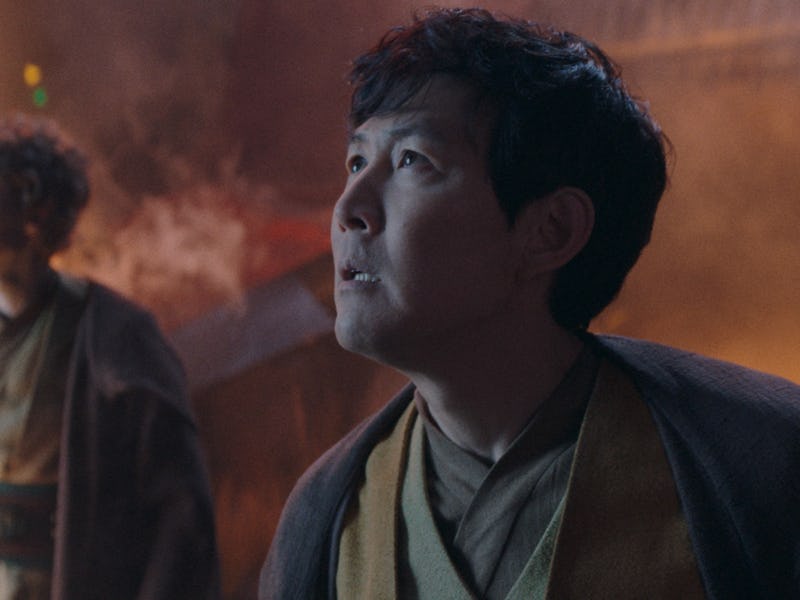The Acolyte Just Flubbed a Classic Movie Trope
There’s more then one way to do a flashback...

Memory is a funny thing. Science tells us that each time you remember an event from your life, you actually change the story ever so slightly without even realizing it. Retell the same moment from your past too many times and you may forget how it really happened.
Plenty of movies and TV shows explore the weird nature of memories too, showing us overlapping flashbacks of the same event that disagree or outright contradict each other. The most well-known example of this is Rashomon, the Japanese movie from 1950 in which four witnesses share four different accounts of the same murder. But over the years, we’ve also seen the “Rashomon effect” used in various Star Wars stories, with mixed results.
While The Last Jedi famously used the Rashomon effect to reveal a game-changing twist that questioned the very nature of right and wrong in the Star Wars universe, Lucasfilm’s latest show, The Acolyte, just attempted a similar trick but ultimately failed to use it the same way The Last Jedi did.
Spoilers ahead for The Acolyte Episode 7.
Kylo Ren recalls the night Luke Skywalker attacked him.
In The Last Jedi, we’re treated to several different versions of the night when Ben Solo (aka, Kylo Ren) parted ways with his Jedi master Luke Skywalker. According to Luke, he realized that Ben was turning to the Dark side and went to confront him, but Ben responded violently. From Luke’s perspective, he did everything right and had no choice but to fight back against his former Padawan.
However, when Kylo Ren tells the same story, it becomes very different. In this version, an enraged Luke attacks his unsuspecting pupil in the middle of the night. In Kylo’s memory, Luke enters the room with his lightsaber out and his eyes wide with rage. There’s no attempt at a peaceful resolution, which supports Kylo’s belief that the Jedi can’t be trusted.
In The Last Jedi, we never actually find out which version of the story is right, but that’s not the point. Rather than reveal one obvious answer, the movie asks audiences to wonder what really happened, and in the process grapple with the true nature of Jedi and Sith in Star Wars.
The Jedi fight Mae and Osha’s witchy parents.
The Acolyte attempts something similar. In Episode 3, a lengthy flashback reveals how the show’s twin protagonists (Mae and Osha) lost their family and became separated from each other after a fire destroyed their home. Episode 3 also shows Mae starting the fire, but leaves enough hidden to suggest that someone else might have also been the blame. It seemed The Acolyte was setting up a Rashomon moment of its own, layering multiple memories of the same night to reveal something more interesting that a simple truth.
Now, in Episode 7 (another flashback) we have a definitive answer. The episode takes us back to that fateful night and shows more of the same. There’s more lightsaber fights and more murder, but when it comes to the most important incident (the fire) nothing changes. Mae still starts the fire, which grows out of control and leads to a traumatic moment.
While new information is definitely revealed in The Acolyte Episode 7, there’s no question that both flashbacks we’re seeing were 100% accurate. The only difference was in how much they showed, but never what they showed. That’s a fine way to deliver important plot details (even if we still have plenty of questions about Mae and Osha’s origins), but it’s still a lot less interesting than what we got in The Last Jedi.
Unfortunately, with just one episode of The Acolyte left, it seems unlikely the show will be able to devote much more time to the tricky concept of memory — after all, we still need to find out who the real big bad is. What’s happened before The Acolyte has begun has taken up a huge amount of its running time. Memory is supposed to help us redefine the present. But with this episode, The Acolyte forgets to remind us that what happens next is the real thing we care about.